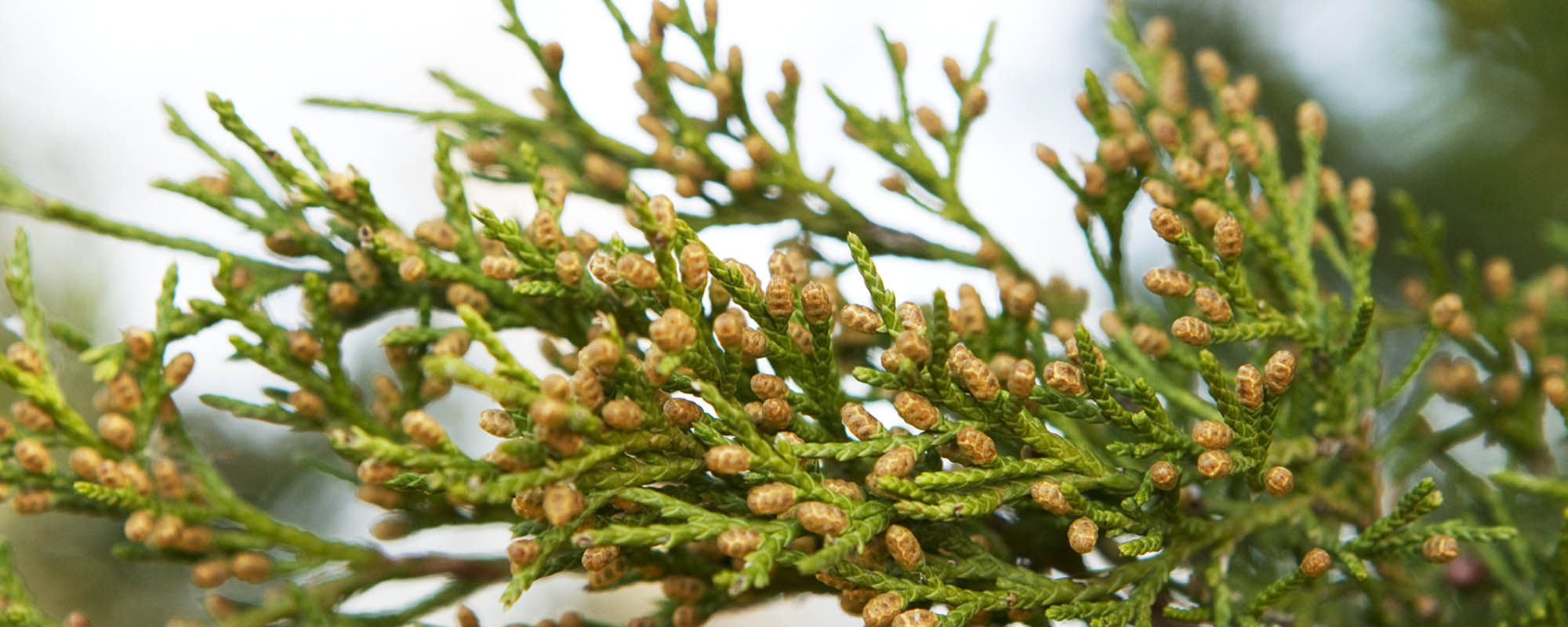Eastern red-cedar (Juniperus virginiana) is a native evergreen tree. This now very common tree was once limited to rocky bluffs, deep canyons and other areas where fire historically did not occur. Since the beginning of European settlement in North America, fire has been suppressed, enabling eastern red-cedar to expand its range outside of these protected areas. Left unmanaged, it has spread across most rangelands in Oklahoma and Texas, forming dense stands in many locations. Unmanaged eastern red-cedar stands often dominate the landscape, creating monoculture-like plant communities with little plant and wildlife diversity.

![2023-11-07_14-53-54[1]](https://www.noble.org/wp-content/uploads/2023/11/2023-11-07_14-53-541.png)

Comments